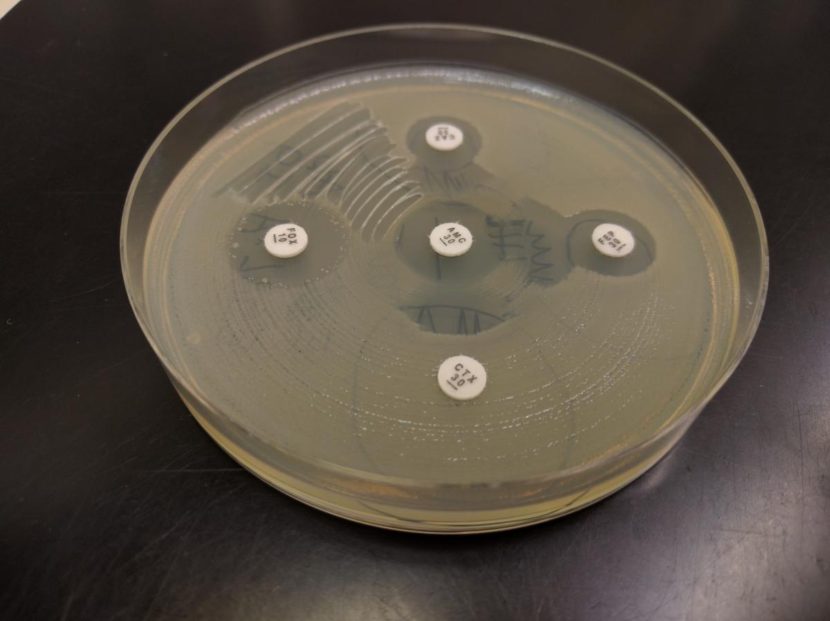
As antibiotic-resistant superbugs become more common, they’re beginning to show up in places we wouldn’t expect.
A new study has found antibiotic-resistant E. coli in gulls living on the Kenai Peninsula.
There aren’t many people in the world who get excited about gull poop.
But Andy Ramey is one of them. He’s a research geneticist with the USGS Alaska Science Center in Anchorage.
It’s not the gull poop itself that gets Ramey excited. It’s what might be hiding inside. He’s part of a team of researchers studying antibiotic-resistant bacteria in seabirds.
The first thing you have to understand, says Ramey, is that humans put a lot of antibiotics into the environment. Even the simple act of using the bathroom can release antibiotics.
“Most water treatment plants don’t treat for antibiotic residues. So all these residues might end up going through the water treatment system and end up in the environment. So for instance, when you take antibiotics, most of that is probably passed through your system and gets flushed down the toilet,” Ramey explains.
Bacteria in the environment come in contact with these antibiotic residues and slowly become more and more resistant to them.
And where do the gulls come in?
“Gulls really seem to use a lot of habitats with lots of human inputs. We see gulls using places where people are. We see gulls at parks, we see gulls at landfills. We see gulls on the Kenai Peninsula where people are fishing. They’re feeding on the fishing waste,” says Ramey.
Ramey’s team had a hunch: gulls could be picking up antibiotic-resistant E. coli near places with lots of human activity. So they collected gull poop using Q-tips at two “urban” areas in Alaska: near the mouth of the Kenai River and at the Soldotna landfill. To compare, they collected poop samples from an isolated location in Alaska: Middleton Island.
Then they cultured the poop samples in lots and lots of petri dishes.
“The simplest test we did was to culture it and then add little discs with antibiotic residues. Then we can watch the bacteria grow towards those discs. If the E. coli was susceptible to the antibiotics, what we’d expect is there’d be a little halo around these discs. That is, they aren’t able to grow close to the antibiotic,” says Ramey.

(Photo courtesy Jonas Bonnedahl)
The results were astounding.
In the urban locations, like the garbage dump, over half of E. coli in gull poop were resistant to at least one antibiotic. In the remote location away from human populations, just 8 percent of E.coli were drug-resistant.
So in urban environments near humans, gulls are harboring E. coli more resistant to antibiotics.
Ramey is quick to point out that we don’t know if these antibiotic resistant E. coli can be transmitted from gulls to humans. What we do know, he says, is human activity is causing these antibiotic-resistant infections in gulls.
“This shows that our impacts and our inputs into the environment are far-reaching. Antibiotic resistance that we might expect at more normal settings, say in a hospital setting where there are lots of antibiotics being used are now showing up in places that we might not expect, say in the environment,” says Ramey.
Ramey and his colleagues are continuing to investigate antibiotic-resistant bacteria in Alaskan gulls. Recently, they’ve begun tracking satellite-tagged gulls to better understand whether these birds might disperse drug-resistant bacteria around the state.
The study was published this month in the journal Infection Ecology and Epidemiology.
